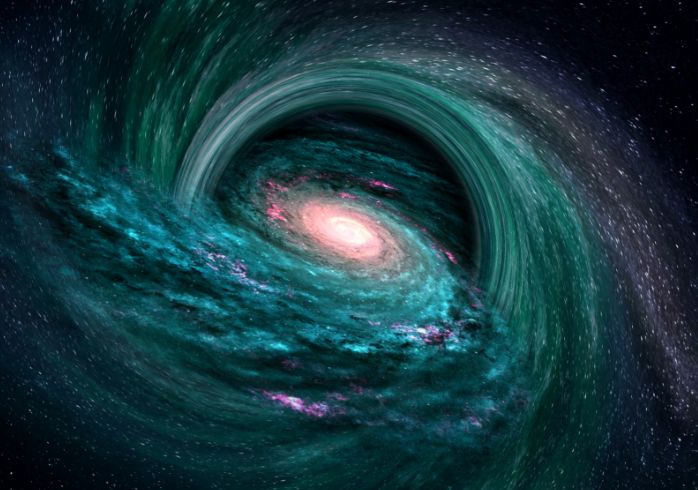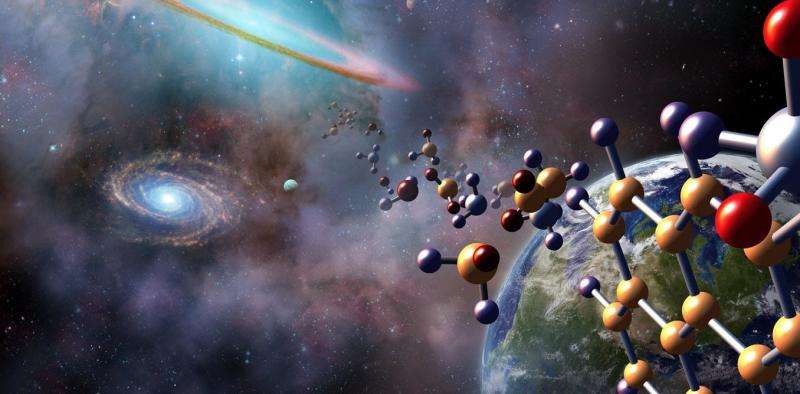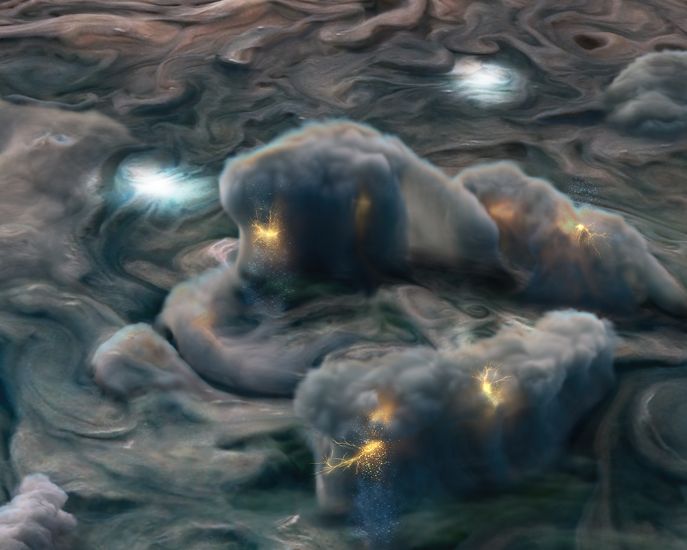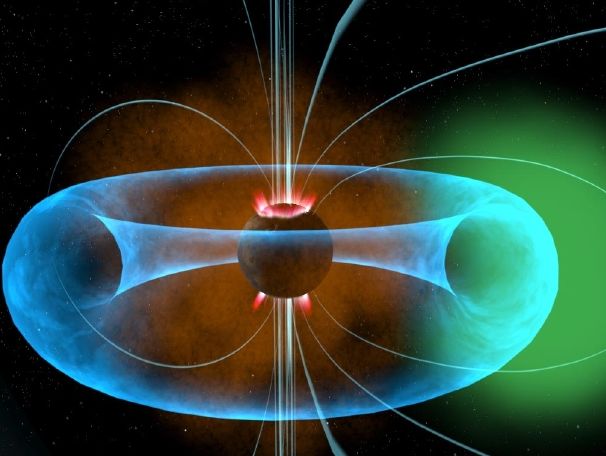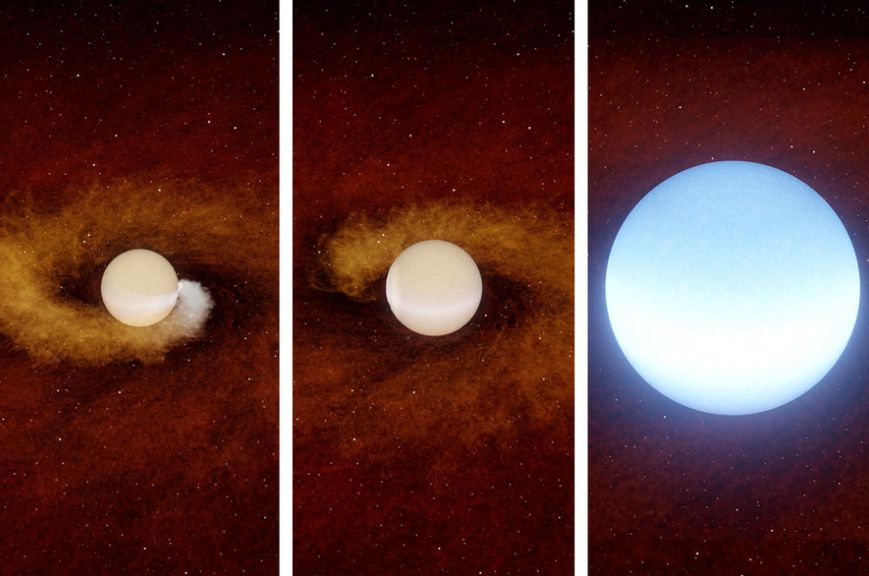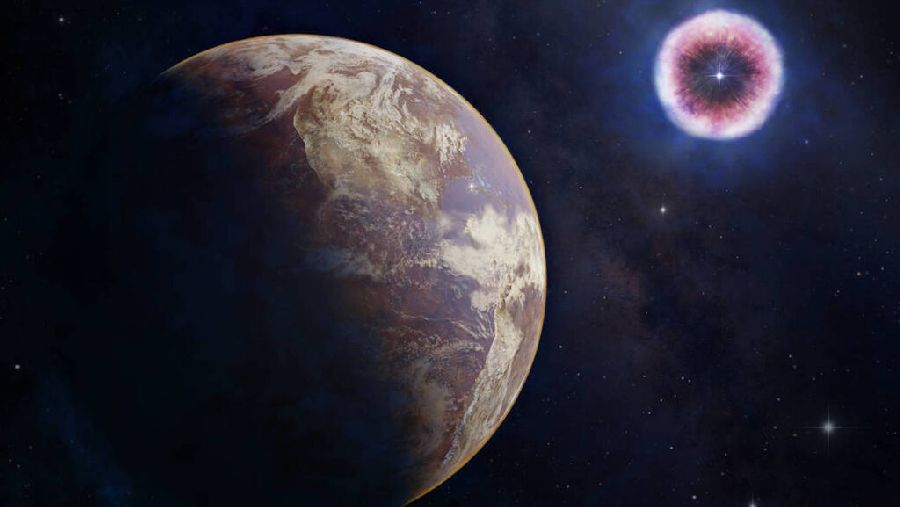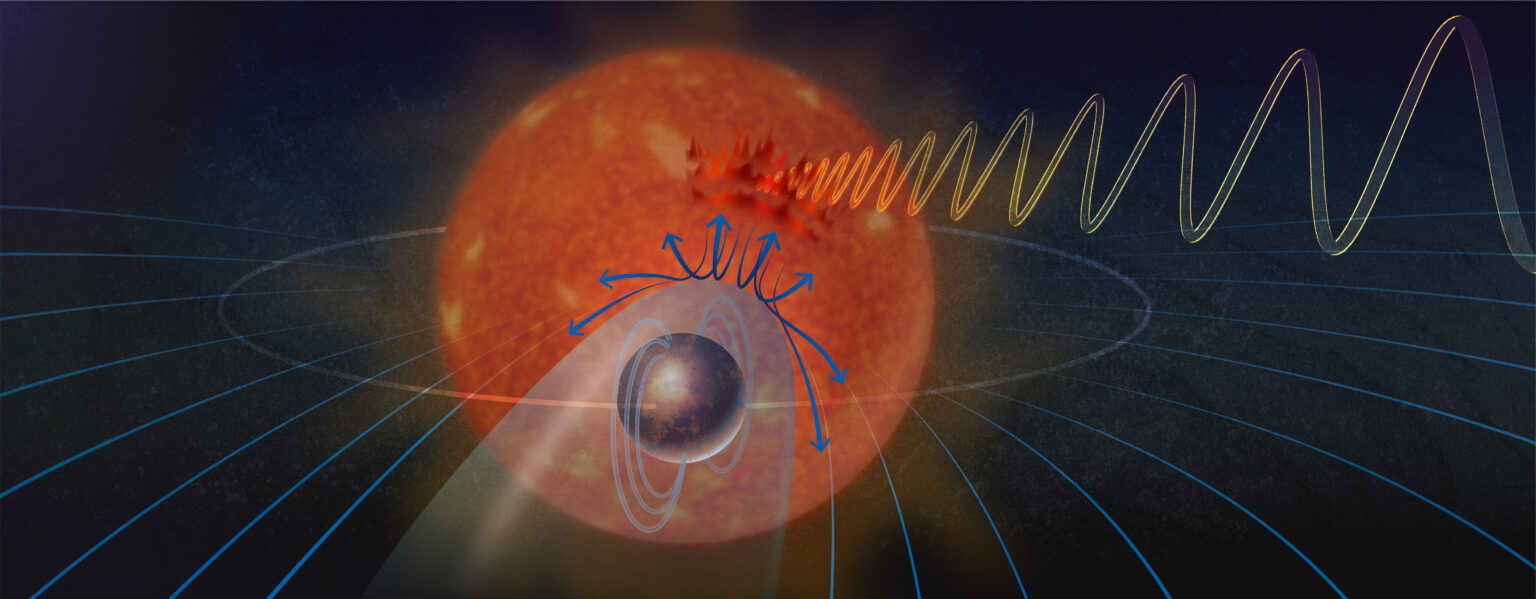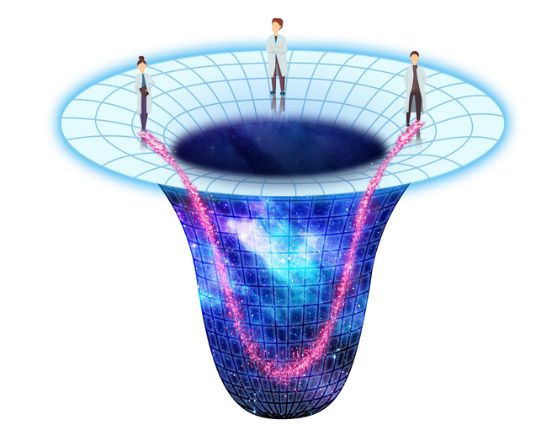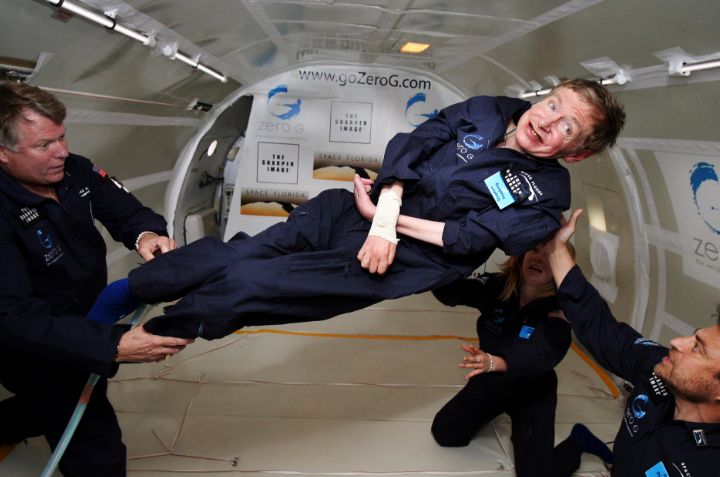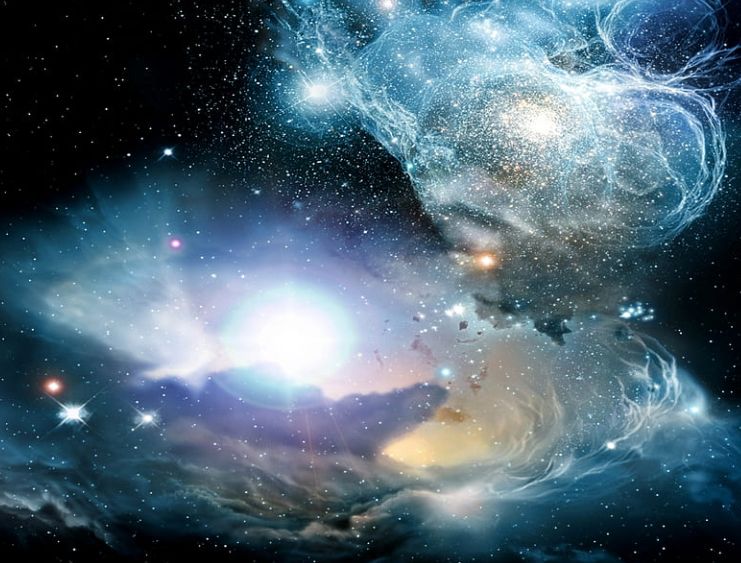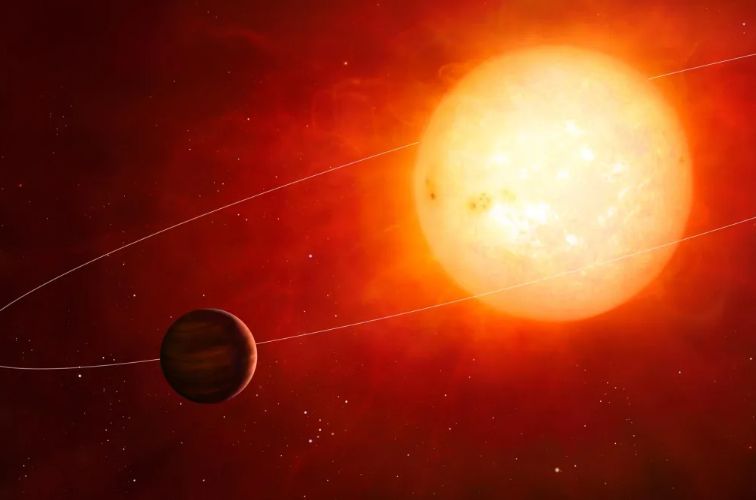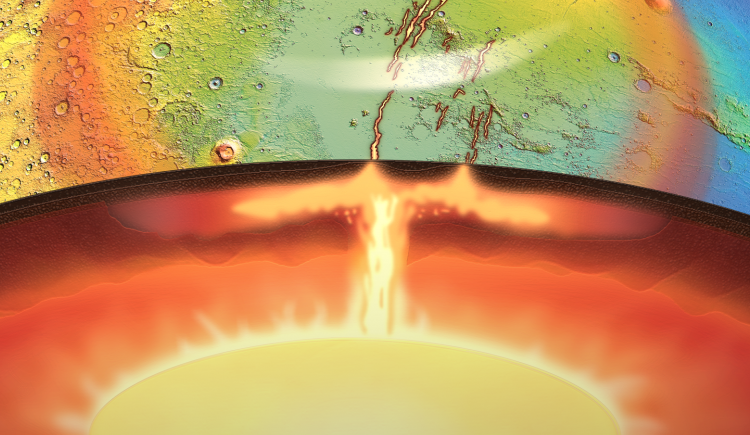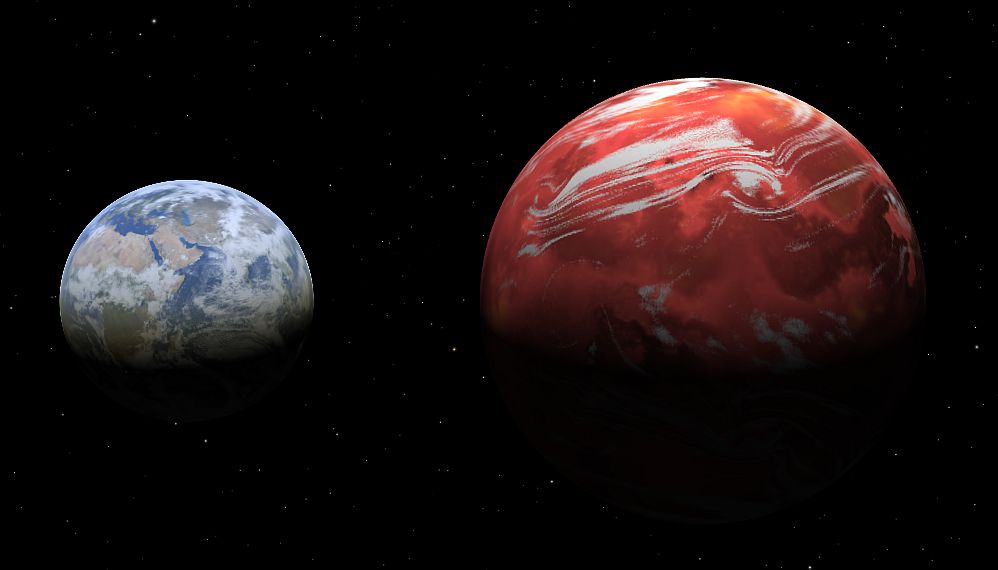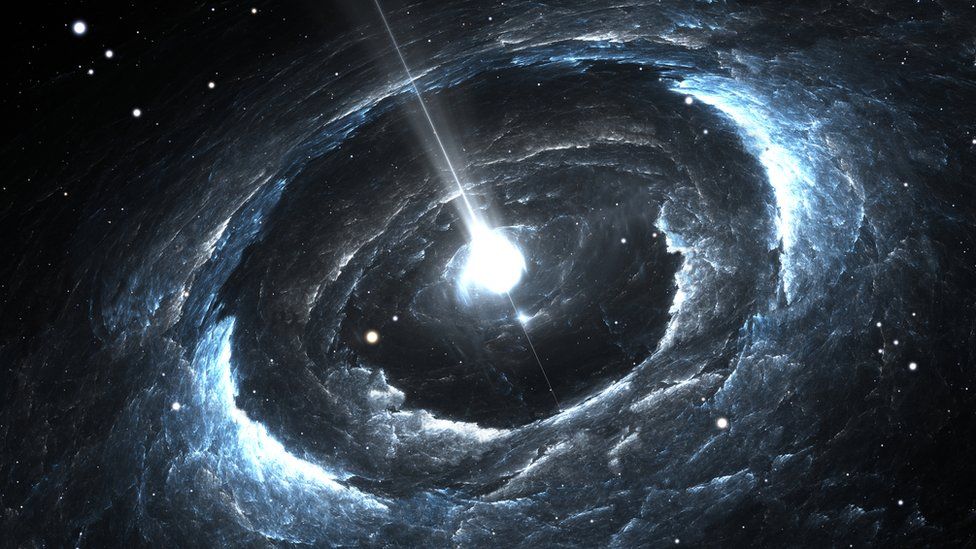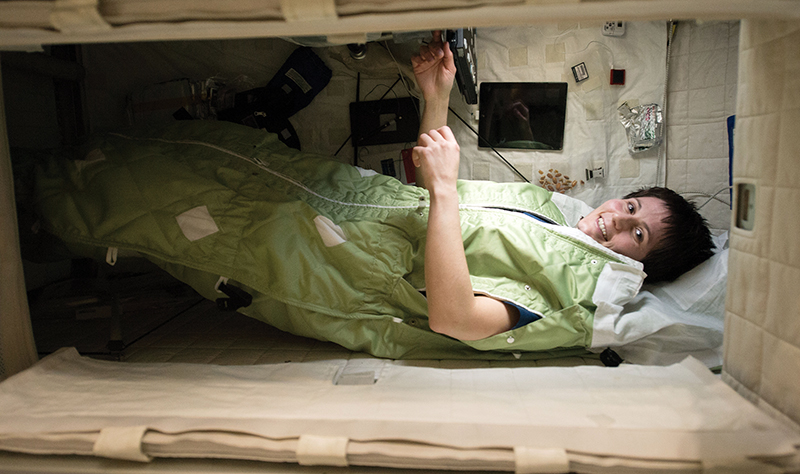Gravitational waves are ripples in the fabric of spacetime caused by the acceleration of massive objects. The main source of detecting gravitational waves are the mergers of binary systems consisting of black holes and neutron stars. Till now, the Laser Interferometer Gravitational-Wave Observatory (LIGO) and the Virgo detector have successfully identified gravitational waves.
Read MoreCategory: Space Tonics
Cosmic Evolution of Amino Acids: Origin of Homochirality
Researchers at Japan have discovered some new information about why all amino acids found on Earth are in a specific shape called “left-handed” or “L-form.” The team studied amino acids found in a meteorite called the Murchison meteorite. They also used computer simulations based on physics to understand how this shape came about.
Read MoreLightning Processes on Jupiter and Earth are Same: Lightning Dynamics
Juno is the famous space probe sent by NASA to study Jupiter. It was launched in 2011 and reached the gas giant planet in 2016. Instead of orbiting around the equator like previous missions, Juno entered a path that takes it over Jupiter’s poles. After its arrival, the space probe has been gyrating the planet in a specific orbit. With the help of special instruments on board, Juno is constantly collecting information from Jupiter’s environment. The main aim of the expedition, is to gather accurate data about the planet’s gravity…
Read MoreMagnetic Bubble Beyond our Solar System: Radiation Belt around an Ultracool Dwarf
Radiation belts are zones of charged particles, primarily electrons and protons, trapped by a planet’s magnetic field. They are typically found around planets with a significant magnetic field, such as Earth or Jupiter. These belts produce various radiations, including radio emissions, which can be detected and studied by radio telescopes.
Read MoreA Star Swallowing Jupiter-sized Planet: Planetary Engulfment
When a star runs out of fuel, it eventually reaches the end of its life cycle and begin to expand. It swells to hundred or even a thousand times its original size. The process is called as a “red giant” phase. The progression enables the star’s outer layers to become less dense. Consequently, the star starts to swell outwards. In some cases, the star may expand so much that it engulfs any nearby planets.
Read MoreTwo super-Earths orbiting M dwarf TOI-2095: Exoplanet Diversity
Astronomers are always looking for exoplanets since it opens the door for better understanding of the formation and evolution of planetary systems beyond our own. With this aim in mind, NASA launched the Transiting Exoplanet Survey Satellite (TESS) in 2018. Primary parameter of this was to monitor the brightness of nearby stars. Till now, TESS has surveyed nearly 200,000 of the brightest stars near the sun. And so far, it has identified about 6,400 candidate exoplanets. To date, 330 of these candidates have been confirmed as exoplanets through follow-up observations…
Read MoreMagnetic Star–planet Interactions: YZ Ceti b
Magnetic field is an important characteristic of a planet. And when it comes to Earth, the field is generated by the motion of molten iron in its core. It not only protects the atmosphere on Earth from cosmic radiations but it also deflects the charged particles spewed off by the sun. In absence of magnetic field, planet’s atmosphere would erode. Thus, making it less habitable.
Read MoreGravity is Holographic Projection from a Higher-Dimension: De Sitter Space
According to Einstein’s theory of general relativity, gravity arises from the curvature of spacetime, caused by the presence of massive objects. This curvature, also, impacts the motion of all nearby objects thus, causing them to move in curved paths. General relativity however breaks down under extreme conditions such as those found in black holes and the early universe. These conditions comprise of high energies and densities, which exponentially influences the effects of quantum mechanics. And it has been observed that the laws of general relativity no longer provide a complete…
Read MoreAltered Gravity can give Suppressive Effect: Immune System in Space
Short-term exposure to altered gravity, such as the brief periods of weightlessness experienced during parabolic flights, is generally not considered to be harmful to human health. However, it’s important to note that even short periods of altered gravity can slightly thought not exponentially affect the body in various ways. For example, during periods of weightlessness, fluids tend to shift from the lower body to the upper body, which can cause a decrease in blood volume and an increase in pressure in the head and upper body. This can result in…
Read MoreStellar Nurseries Hotbed of Chemical Activity: Star Formation
Astronomers have discovered a potential key step in the chemical process that occurs in “stellar nurseries,” which are clouds of gas and dust in space that eventually form young stars and planets.
Read MoreTwo Earth sized Planets Orbit a Red-dwarf: GJ 1002 System
In an international collaboration between astronomers, two planets orbiting a red-dwarf star have been identified. The planets, GJ 1002 b and c, are 16 light-years away and about the size of Earth. Both lie within the star’s habitable zone. Which means, the orbital distance is enough to allow liquid water to form on the surface provided it has the right kind of atmosphere.
Read MoreActive Mantle Plume on Mars: Martian Geodynamic Evolution
Cumulative evidence, so far has suggested that Mars once had oceans but then lost its atmosphere and eventually died out. Unlike Earth, where shifting tectonic plates make way for dynamic interior, Mars never surfaced such processes. Hence, the astronomers concluded that nothing much happened on the red planet, at least, in the last 3 to 4 billion years. Recent observations by the scientists at the University of Arizona, however has challenged the current views of Martian geodynamic evolution. As per them, the red planet, that seems to be dead, has an…
Read MoreA Super-Earth orbiting Dwarf Ross 508: Exoplanet Exploration
Astronomers work ceaselessly to find out clues that might point out to the existence of extra-terrestrial life some where in outer space. The mere idea that we might not be alone is enough motivation to work constantly in this hunt. Lately, there has been an increase in the number of research probing into exoplanets. In one such research, astronomers have discovered a super-Earth like planet near the habitable zone of a red dwarf star. It is about 37 light-years from the Earth. This also happens to be the first such…
Read MorePeriodic Pattern of Fast Radio Bursts Detected from Another Galaxy: Mysterious Space Signals
Astronomers at MIT and Canada have traced a periodic radio signal coming from a distant galaxy. The signal is quite intense and hence, fall under the category of fast radio burst a.k.a FRB. Usually, FRB lasts for about a few milliseconds, however, the newly discovered signal has continued for three seconds. During this time frame, the astronomers also traced bursts of radio waves that reiterated every 0.2 seconds in a distinct periodic pattern. The rhythming pattern of the radio waves resembled a beating heart.
Read MoreThe Ear-EEG Measure How Astronauts Sleep: Sleep in Orbit
Sleep is the most vital process for overall mental development. Irrespective of age, sleep deprivation leads not only to mood fluctuations the next day but it also affects the overall productivity including decision-making skills, creativity and judgment. Astronauts who spend quite some time in zero gravity face issues while maintaining normal sleep patterns. Even an artificial day-night cycle does not help them in keeping up with a natural circadian rhythm. Therefore, to get more understanding in the brain’s electrical activity and map sleep patterns, researchers at Aarhus University have developed…
Read More
